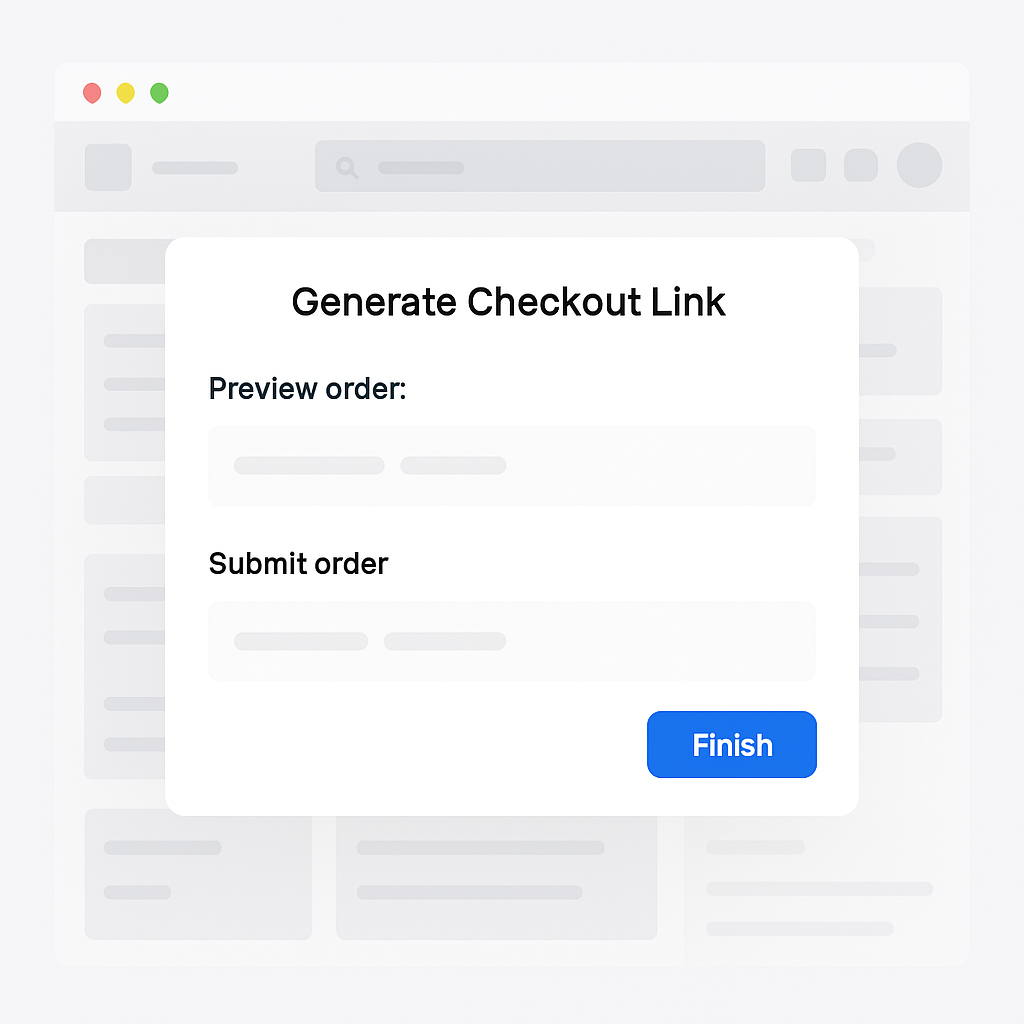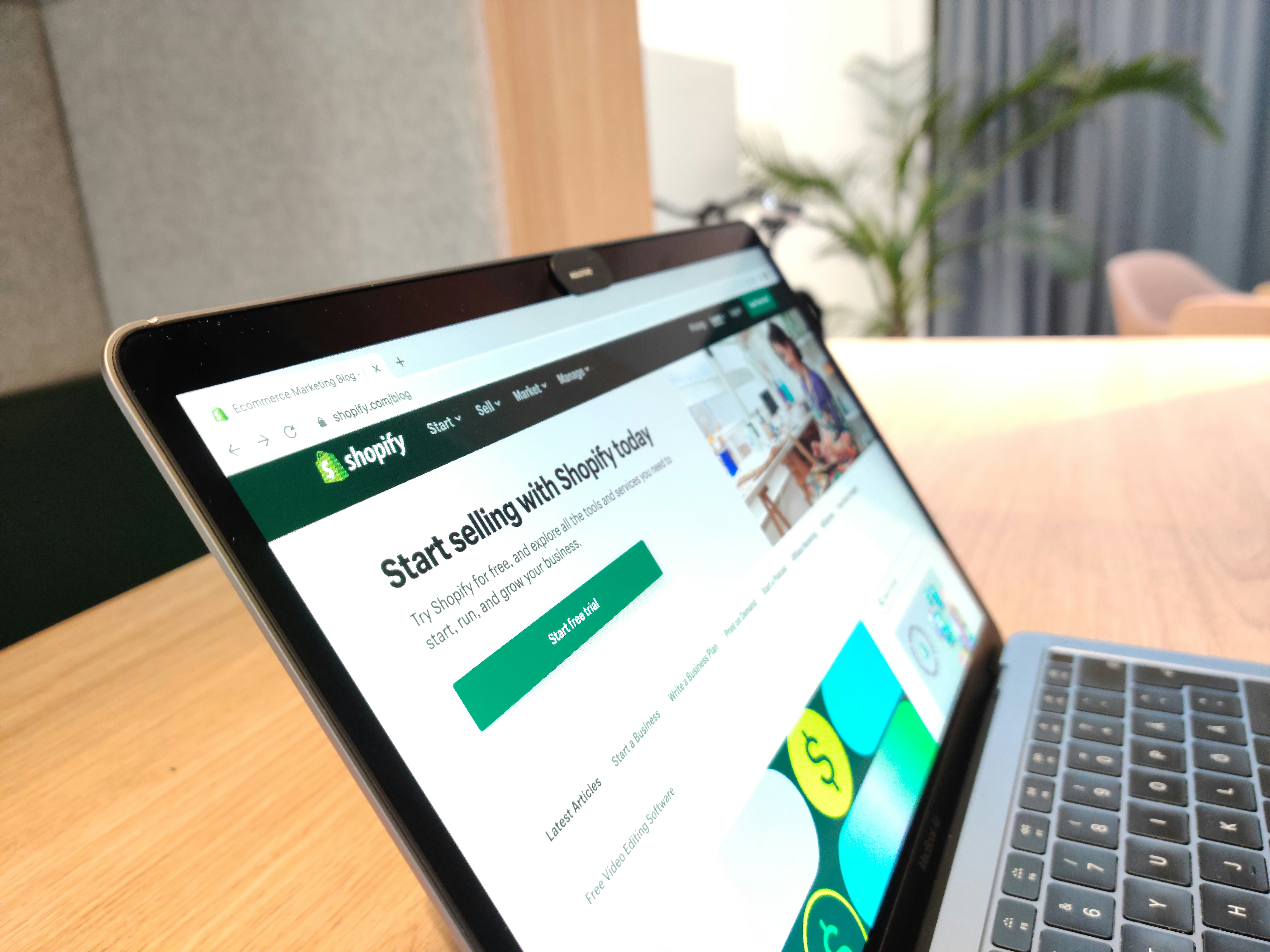Stop Losing Money on Small Deals: The Quote-to-Checkout Fix
How automating low-value sales frees up your team and captures more revenue

Your sales rep just spent 3 hours closing a $500 deal. That's a problem.
When your cost of acquisition for low-value sales rivals what you spend on enterprise deals, you're bleeding efficiency. The good news? Companies like Box solved this - and captured 20% of their ARR through automated self-serve channels as a result.
The Real Cost of Manual Small Sales
Here's what's actually happening:
- Reps spend hours on email tennis for contracts that barely move the needle
- Small buyers get frustrated by slow, manual processes and abandon purchases
- Your team's time is drained away from high-value opportunities
The math doesn't lie: If you're spending similar effort on a $500 deal as a $50,000 deal, you're eroding profit margins on the low end while missing bigger fish.
What Quote-to-Checkout Actually Is
Instead of PDFs, payment forms, and endless back-and-forth, your rep:
- Configures the quote in your CRM (product, tier, add-ons, discounts)
- Clicks a button to generate a secure checkout link
- Sends the link to the customer via email or chat
- Customer completes the purchase independently - like any online transaction
The deal closes in minutes, not days. Everything syncs automatically to your CRM and billing system. Zero manual data entry.
Why This Matters to Your Bottom Line
Faster cycles: Zoom saw double-digit conversion improvements by streamlining checkout. Remove friction, reduce drop-off.
Lower CAC: Free up 10 to 20% of sales hours per quarter by shifting small deals to self-checkout.
Better efficiency: Box improved sales efficiency significantly by adding self-serve for low-end accounts. Your revenue per rep increases when they focus on what matters.
Happier customers: Modern buyers want to "click buy" when they're ready - not schedule another call. Self-checkout = 24/7 convenience and instant gratification.
How to Actually Do This
Step 1: Segment your deals. Identify which tiers/deal sizes can go self-serve. SMB plans and low-price tiers (typically under $1K) are ideal candidates.
Step 2: Enable quote-to-checkout. You need the tech infrastructure to generate checkout links from quotes. This is where platforms like Limio come in.
Step 3: Train your team. Sales and CS reps should know when to send a checkout link vs. continue manual process. Set clear thresholds.
Step 4: Monitor and optimize. Track conversion rates, time-to-close, and sales capacity freed up. Iterate on the checkout experience.
The Limio Solution
Here's the practical play: Limio integrates directly with Salesforce CPQ and your billing system to enable one-click quote-to-checkout.
How it works:
- Rep configures quote in Salesforce
- Clicks "Generate Checkout URL"
- Customer gets a pre-filled checkout page with their exact quote
- Payment completes online, everything syncs back automatically
No custom dev work. No replacing your existing stack. No-code setup that layers on top of your CRM like Salesforce and billing tools like Zuora and Stripe. Works for new orders as well as update orders.
The result: Your low-value sales run on autopilot while reps focus on enterprise deals. Small customers get instant gratification. Revenue doesn't get left on the table.
The Bottom Line
Quote-to-checkout isn't a workflow tweak. It's a strategic shift that aligns your selling costs with deal value. It's how you capture the long tail of customers cost-effectively while preserving margins.
Box proved it works at scale (20% of ARR through self-serve). Zoom converted more customers by removing self-serve friction.
Your move: identify which deals are draining resources, implement quote-to-checkout for those segments, and watch your sales efficiency metrics improve.
Ready to automate your low-value sales? Limio's quote-to-checkout integrates with your existing tools to turn manual processes into one-click conversions - so your team can focus on the deals that matter most. 🚀

Other posts you may like

The Silent Killer of Retention: Broken Self-Service Journeys
Customers expect to manage subscriptions as easily as they buy them. But for many subscription businesses, self-service journeys break down.. forcing customers into support queues and driving silent churn. This post unpacks why self-service is so critical, what typically goes wrong, and how Limio helps teams deliver seamless subscription management on top of Salesforce and Zuora.
.jpg)
Why Most SaaS Renewal Experiences Still Feel Broken
In subscription businesses, acquisition gets all the attention. Launch campaigns, free trials, and signups are celebrated. But when it comes time for customers to renew, the experience is often neglected. Instead of reinforcing trust and value, renewals often feel clunky: emails get lost, sales reps chase down signatures, or customers are left unsure what price they will pay, upsell opportunities are lost. What should be a seamless moment becomes a source of friction.
.jpg)
SaaS Renewals Made Easy: Automating Retention and Upsell with Self Service
Renewals are the lifeblood of any SaaS business. But too often, the process is manual, time-consuming, and frustrating for both customers and sales teams. A renewal portal with self service changes that story — making renewals seamless for customers, freeing up sales capacity, and giving companies a better chance to retain and grow their accounts.
Other posts you may like

The Silent Killer of Retention: Broken Self-Service Journeys
Customers expect to manage subscriptions as easily as they buy them. But for many subscription businesses, self-service journeys break down.. forcing customers into support queues and driving silent churn. This post unpacks why self-service is so critical, what typically goes wrong, and how Limio helps teams deliver seamless subscription management on top of Salesforce and Zuora.
.jpg)
Why Most SaaS Renewal Experiences Still Feel Broken
In subscription businesses, acquisition gets all the attention. Launch campaigns, free trials, and signups are celebrated. But when it comes time for customers to renew, the experience is often neglected. Instead of reinforcing trust and value, renewals often feel clunky: emails get lost, sales reps chase down signatures, or customers are left unsure what price they will pay, upsell opportunities are lost. What should be a seamless moment becomes a source of friction.
.jpg)
SaaS Renewals Made Easy: Automating Retention and Upsell with Self Service
Renewals are the lifeblood of any SaaS business. But too often, the process is manual, time-consuming, and frustrating for both customers and sales teams. A renewal portal with self service changes that story — making renewals seamless for customers, freeing up sales capacity, and giving companies a better chance to retain and grow their accounts.

Integrating Shopify with Zuora: Not So Easy
At first glance, pairing Shopify’s ecommerce power with Zuora’s subscription management seems like the perfect match. Businesses imagine a seamless combination that delivers world-class checkout and robust billing all in one. The reality, however, is anything but simple. Integrating Shopify with Zuora quickly exposes deep differences in their data models, payment handling, and subscription lifecycles. Add to this the need for middleware platforms, and the result is a complex, costly integration effort that often leads companies to question whether the trade-offs are worth it.

Customer Billing Portal for SaaS: Unlocking Cash Flow and Efficiency with Financial Self Service
Late payments, manual invoice chasing, and bad debt are headaches every SaaS finance team knows too well. For a $20m ARR company, these issues can tie up millions in cash flow and waste valuable resources. A customer portal with financial self service turns this problem into an opportunity: customers pay on their own terms, finance teams spend less time on collections, and CFOs gain the predictability they need.

How to navigate subscription regulations from around the world
Times are hard for everyone right now, so customers looking to cancel their subscriptions aren’t always unhappy with their service. So, as long as they can cancel or alter their subscription with no fuss, there’s a strong chance they’ll return once their situation improves.